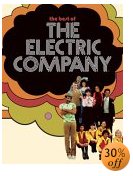
you're looking
for is right here:
Save money!

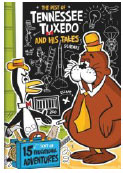
 |
Everything
you're looking for is right here: Save money! |
 |
 |
|||
|
"The Electric Company" premiered on Oct. 25, 1971, after 18 months of research and preparation. Within weeks of the show going on the air on the then-200 PBS stations, elementary school students had gotten into the habit of tuning in during class time. Nearly 25 percent of elementary schools in the United States tuned into the show. About 2 million children watched in the classroom. Another 2 million watched at home. Second-graders were the primary audience, and testing showed EC was reaching - and helping - them. Second-graders were shown to be five months ahead of their classmates who didn't watch in vocabulary skills and six months ahead in reading comprehension.
The Electric Company aired on most PBS stations twice a day; some carried it on the weekends as well. Schools in urban settings were more inclined to show their students The Electric Company. About 70 percent of urban schools with TV sets were tuning in within two months of the show going on the air. At schools where The Electric Company was shown, students were anxious to get to class. That was certainly the case at the Cheyenne River Indian Reservation's Bridger Day School in Howes, South Dakota, where Electric Company was shown at 9 a.m. The number of students showing up late went from about 80 tardys a week to practically none. "The extent to which American elementary schools put this new teaching aid to classroom use is truly one of the remarkable events in the history of instructional television," Sidney P. Marland Jr., then the U.S. Commissioner of Education, said at the time. "We commissioned the Nielsen Company to find an area where children were not likely to have seen the series," said Vivian Horner, director of research for the show. "We found very few. Here and there in very rural areas, but for the most part the program has become part of the culture of childhood." By the second season, nearly one in three elementary schools in the United States was showing The Electric Company to their students. That number could have been higher, but almost half of the schools ran into a problem: they couldn't receive the signal, didn't have television sets or didn't have enough sets. "We had an inkling of this before the show premiered in 1971, but even the most optimistic producers and researchers did not dare to expect that the series would reach its young target audience so quickly and extensively, especially in elementary classrooms," Cooney said. Electric Company used the television screen itself as well as the content of the show as a teaching tool. In one frequently used device, two silhouetted heads facing each other would say part of a word. The printed half of the word would emerge from their mouths. Then together the two actors would say the entire word. The idea of where to put the words on screen had been studied at length. One study found that viewers wouldn't pay attention to a word on screen if a character was in motion. Moreno recalled one sketch used to teach how punctuation can change the meaning of a word. "The little girl is very tiny on the screen and behind her are these huge letters that spell WOW. There's a period after the WOW. The little girl does a very bad tap dance and you hear voices say a very lethargic Œwow.' She gets quite miffed so she does the dance again and gets fancier. She finishes and bows and points to the camera and again the voices say a droopy 'wow.' She turns around and looks at the word and sees what the problem is. She goes to the word and kicks off the period. Then she brings in an exclamation mark and puts it after the word. She dances again and this time she hears a rousing ŒWOW!' What a graphic way to teach something! It's pure genius." The technical requirements to get words on the screen in the days before computer animation required considerable effort. By one estimate, it took more than an hour of production time during the 1972-73 season for each minute of screen time.
The first season was considered too fast-paced, too noisy, too much for the children watching too absorb. The decision was made to slow The Electric Company down for the second season, to actually try to teach less. "For the second season, we cut down the number of teaching goals in each show from five or six to three or four," said Horner, the research director. "We also reduced the noise level and the frenetic quality of the program. Some teachers complained that the kids were getting so excited that they were difficult to handle after viewing the show." Season two brought other changes. "Love of Chair" was dropped. Constant complainer J. Arthur Crank, heard only as a voice in the first season, was rendered visible for the second. Electric Company also introduced "A Very Short Book," a segment that parodied fairy tales or nursery rhythms that paired a story with onscreen words read by a narrator. The idea of celebrities coming on, as they had on Sesame Street, was briefly tried. Flip Wilson, Lorne Greene, Lily Tomlin and Carol Burnett all appeared on The Electric Company in the second season. "It didn't test well," said Ferguson, the show's producer. "The kids didn't seem to respond to the celebrities as I thought they would." Luis Avalos joined the cast in the second season. Despite his misgivings, Freeman remained with the show during its entire run. "Morgan was never particularly happy on the show," Gibbon said. "Despite his discomfort with it, he was a mainstay, much more so in the end than Cosby because he was there every day and in many ways was better than Cosby for the show." Subsequent seasons saw other revisions. The animated superhero "Letterman" joined the cast. The segment featured narration by Joan Rivers and Gene Wilder as the voice of Letterman, who was constantly having to correct the misdeeds of the Spell Binder (voiced by Zero Mostel).
Children's Television Workshop capitalized on the popularity of Electric Company as well. The Electric Company Magazine was published 10 times a year beginning in 1972, with between 250,000 and 400,000 readers. A Sunday comic strip ran in the Boston Globe. Electric Company was used to teach English to Vietnamese immigrants and it was shown in 20 other countries, including Nigeria, Antigua, Bermuda, Canada and Ireland. Children's Television Workshop also created "Power Stations," which were after-school and weekend clubs for 6- to 12-year-olds who were having problems reading. Teachers trained in the use of The Electric Company's methods supervised the program, which relied on high school and college students to work with the children. The Delta area of Mississippi found more than 1,000 children in three counties enrolled in Power Stations, which met for two hours on Saturdays. Children would watch The Electric Company, play games and take field trips. PULLING THE PLUG
Research conducted as The Electric Company was nearing its 10th year revealed that even though the program had been in repeats for the last four years, viewership remained strong, with an at-home audience of nearly 5 million 6- to 11-year-olds, another 6.5 million households with children younger than 6, and 2.4 million more children who watched in the classroom. The program could have continued, but for a couple of reasons. Unlike Sesame Street, which licensed its Muppet characters for toys, games, records and other revenue-generating products, The Electric Company didn't have anything that could be used to bring in the cash. Gibbon wasn't pleased at the decision to pull the plug on the Electric Company, which had won a Grammy Award and two Emmy Awards. "It was a huge disappointment to me," he said. PBS stations, which contribute to the funding of the Corporation for Public Broadcasting, balked at Children's Television Workshop "soaking up so much money in public television," Gibbon said. The stations demanded that one of the programs - either Sesame Street or Electric Company - be put into reruns to save money. "By that time, Sesame Street was a cash fountain for the Workshop," Gibbon said. "The show was almost supporting itself by then with all the productions, the books and records and games and all that. There was no way, it was felt, that they could reduce the number of original shows of Sesame Street. But the thought was that if we produce two final seasons of Electric Company which were designed to be repeated, that would give the show four more years of life." With a few exceptions, the cast of The Electric Company largely has kept a low profile in the years since the show left the air. Irene Cara, a member of The Short Circus for a season, would receive considerable attention for her role in the 1980 movie "Fame," including singing the Oscar-winning theme song. Hattie Winston co-starred on the CBS series "Becker," which starred Ted Danson. Freeman, who initially feared the Easy Reader would be a drag on his career, found himself in the spotlight at last for his dramatic role as a pimp in the 1987 movie "Street Smart," opposite Christopher Reeve. Freeman was nominated for an Oscar for the role, and went on to rack up nominations for "Driving Miss Daisy" and for "The Shawshank Redemption." He finally brought home the Oscar this year, for his role in Clint Eastwood's "Million Dollar Baby." Along the way, Freeman apparently has made peace with his role on The Electric Company. Presskits for his movies mention Easy Reader before any of his other roles.
|
TV
on DVD
|
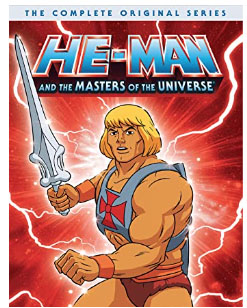 |
Everything
you're looking for is right here: Save money! |
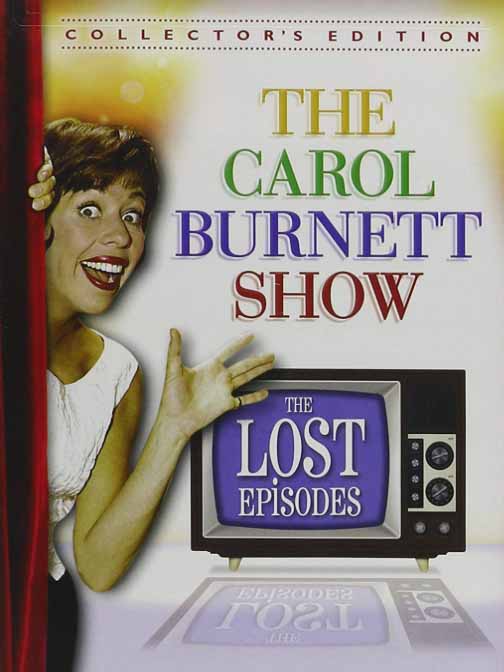 |
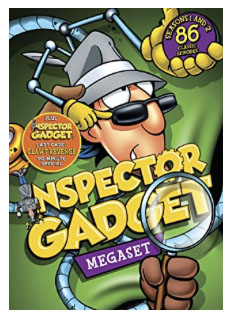 |
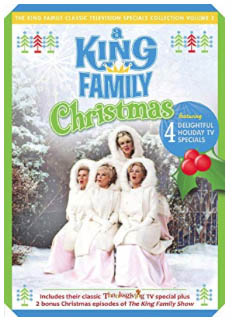 |
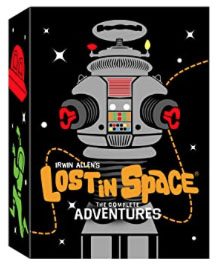 |
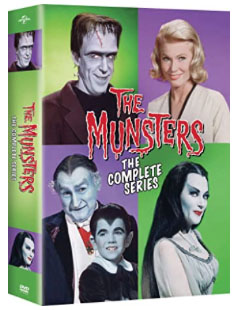 |
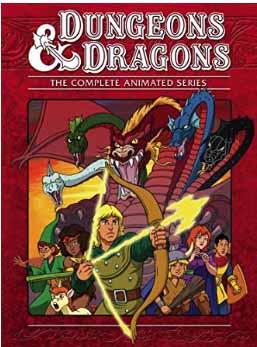 |
| TV
Shows on DVD/ /
/ / / / / TV Show Reviews /
/ / / / / / Cartoons
on DVD/ / / / /
/ / Holiday
Specials on DVD
/ / / / / / Classic
Commercials |
|||||||
|
||||||||||||||
| |
Save money! |